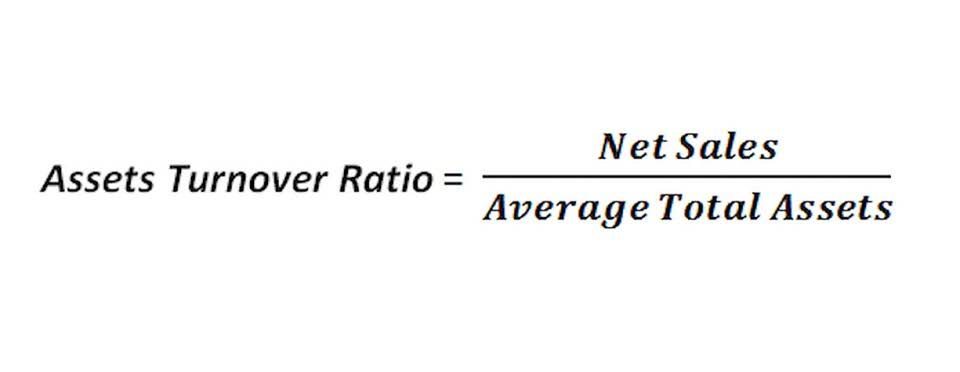
To calculate the double-declining depreciation expense for Sara, we first need to figure out the depreciation rate. Another thing to remember while calculating the depreciation expense for the first year is the time factor. It is important to note that we apply the depreciation rate on the full cost rather than the depreciable cost (cost minus salvage value). Unlike the straight-line method, the double-declining what are retained earnings method depreciates a higher portion of the asset’s cost in the early years and reduces the amount of expense charged in later years. For example, if an asset has a useful life of 10 years (i.e., Straight-line rate of 10%), the depreciation rate of 20% would be charged on its carrying value. The difference is that DDB will use a depreciation rate that is twice that (double) the rate used in standard declining depreciation.
- The final step before our depreciation schedule under the double declining balance method is complete is to subtract our ending balance from the beginning balance to determine the final period depreciation expense.
- If, for example, an asset is purchased on 1 December and the financial statements are prepared on 31 December, the depreciation expense should only be charged for one month.
- Let’s assume that a retailer purchases fixtures on January 1 at a cost of $100,000.
- Multiply this rate by the asset’s book value at the beginning of each year to find that year’s depreciation expense.
- Some examples of the case are mobile phones, computer equipment, and other devices which utilize technology that rapidly and regularly changes.
How To Calculate Double Declining Balance Depreciation

The following section explains the step-by-step process for calculating the depreciation expense in the first year, mid-years, and the asset’s final year. This is because, unlike the straight-line method, the depreciation expense under the double-declining method is not charged evenly over the asset’s useful life. The underlying idea is that assets tend to lose their value more rapidly during their initial years of use, making it necessary to account for this reality in financial statements. An asset for a business cost $1,750,000, will have a life of 10 years and the salvage value at the end of 10 years will be $10,000. You calculate 200% of the straight-line depreciation, or a factor of 2, and multiply that value by the book value at the beginning of the period to find the depreciation expense for that period. In these cases, it may be more appropriate to use a https://www.bookstime.com/ different depreciation method, such as the Straight-Line Method or the Units of Production Method.
Which of these is most important for your financial advisor to have?

It is a form of accelerated depreciation, which means that the asset depreciates at a faster rate than it would under a straight-line depreciation method. Various software tools and online calculators can simplify the process of calculating DDB depreciation. These tools can automatically compute depreciation expenses, adjust rates, and maintain depreciation schedules, making them invaluable for businesses managing multiple depreciating assets. The DDB method involves multiplying the book value at the beginning of each fiscal year by a fixed depreciation rate, which is often double the straight-line rate. This method results in a larger depreciation expense in the early years and gradually smaller expenses as the asset ages. It’s widely used in business accounting for assets that depreciate quickly.

We help eCommerce businesses master their finances.
Save more by mixing and matching the bookkeeping, tax, and advisory services you need. Per guidance from management, the PP&E will have a useful life of 5 years and a salvage value of $4 million. Sign up to receive more well-researched small business articles and topics in your inbox, personalized for you.

Everything to Run Your Business
- Leveraging AI in accounting allows businesses to focus on strategic decision-making, reduce errors, and enhance overall financial management.
- Calculating the annual depreciation expense under DDB involves a few steps.
- And if it’s your first time filing with this method, you may want to talk to an accountant to make sure you don’t make any costly mistakes.
- Instead, the asset will depreciate by the same amount; however, it will be expensed higher in the early years of its useful life.
- This is because, unlike the straight-line method, the depreciation expense under the double-declining method is not charged evenly over the asset’s useful life.
- 11 Financial’s website is limited to the dissemination of general information pertaining to its advisory services, together with access to additional investment-related information, publications, and links.
At the end of an asset’s useful life, the total accumulated depreciation adds up to the same amount under all depreciation methods. Accumulated depreciation is the sum of all double declining balance method previous years’ depreciation expenses taken over the life of an asset. It is presented as a negative number on the balance sheet in the asset section.

Double Declining Depreciation Rate Calculation
This makes it ideal for assets that typically lose the most value during the first years of ownership. Unlike other depreciation methods, it’s not too challenging to implement. This is the fixture’s cost of $100,000 minus its accumulated depreciation of $36,000 ($20,000 + $16,000). The book value of $64,000 multiplied by 20% is $12,800 of depreciation expense for Year 3. If the company was using the straight-line depreciation method, the annual depreciation recorded would remain fixed at $4 million each period.
Recent Comments